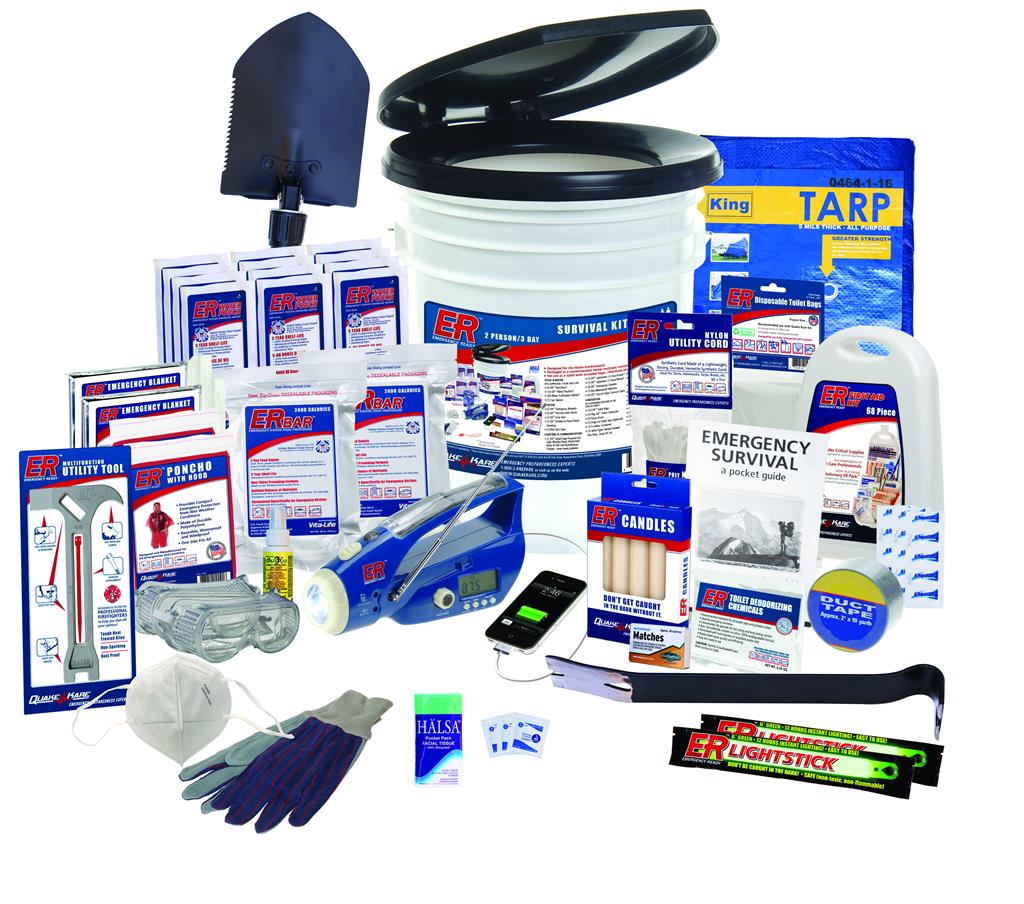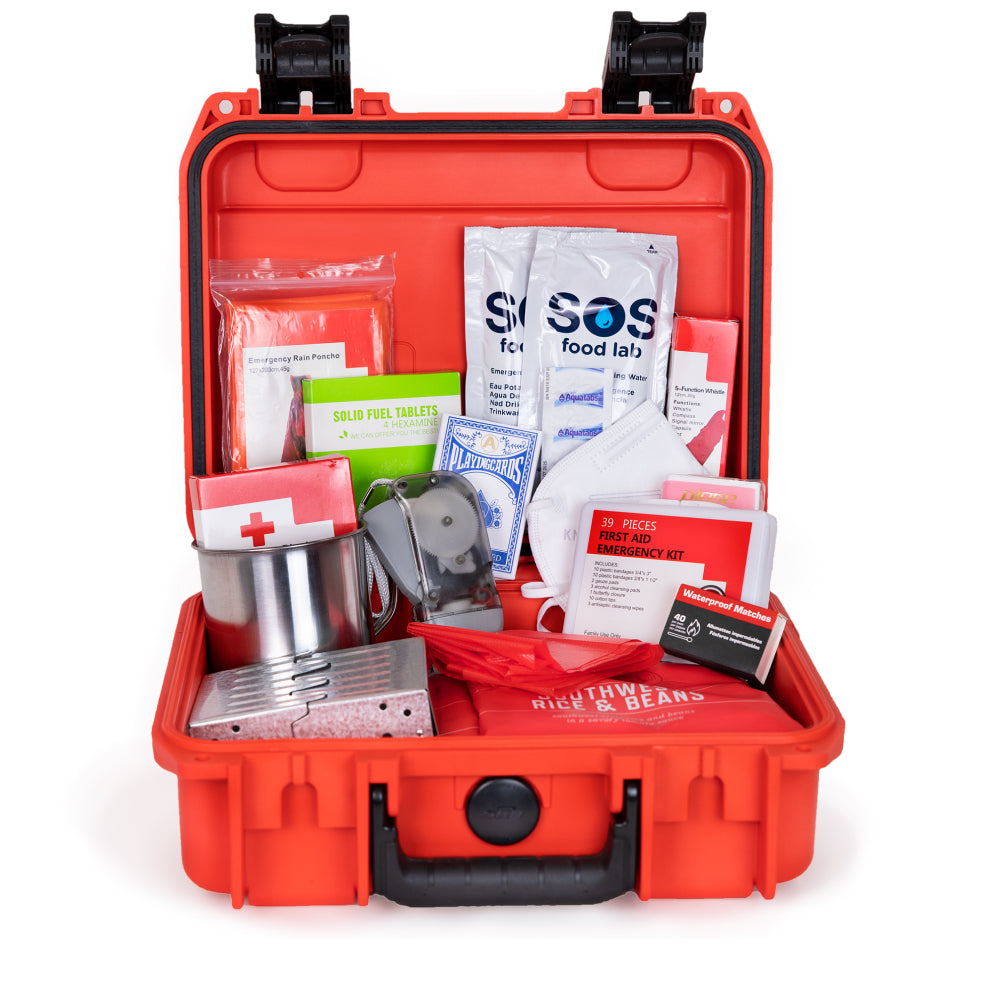Exactly How to Create an Extensive Emergency Situation Preparedness Plan
In the realm of readiness, establishing a thorough emergency strategy is not simply a job to inspect off a listing; it is a necessary keystone of any type of company or person's durability method. By diligently crafting a plan that addresses different facets of emergency administration, consisting of danger evaluation, communication procedures, source appropriation, and tactical decision-making, one can lay a strong foundation for securing procedures, properties, and lives.
Importance of Emergency Situation Preparedness
Emergency situation preparedness is vital for mitigating prospective risks and guaranteeing the safety and security of communities and people. In today's world, where all-natural disasters, public wellness dilemmas, and various other emergency situations can strike without caution, being prepared can make a significant distinction in minimizing the effect of these events. By having a well-thought-out emergency situation readiness plan in position, companies and people can react properly, secure lives, and decrease property damages.
Among the primary reasons emergency preparedness is crucial is its role in conserving lives. Having a strategy that lays out clear procedures for emergency, evacuation, and interaction feedback can aid people act promptly and emphatically when emergency situations happen (Continued). This can protect against injuries and fatalities by making sure that people understand what steps to require to stay secure
In addition, emergency preparedness improves the strength of communities. By fostering a culture of readiness and preparation for numerous circumstances, areas can jump back quicker from catastrophes and disruptions. This strength is essential for preserving stability, continuity of procedures, and overall wellness despite adversity.
Assessing Prospective Risks
Considering the importance of being gotten ready for unexpected events, the first action in creating a reliable emergency situation preparedness plan involves thoroughly evaluating and evaluating possible threats. This analysis needs a thorough testimonial of all feasible risks that could affect the company, taking into consideration variables such as location, industry, and historical data on events. By determining these threats, companies can prioritize their preparedness initiatives and designate sources effectively to alleviate one of the most significant risks.
Usual dangers that organizations may encounter include all-natural disasters like earthquakes, floodings, or typhoons, technical risks such as power interruptions or information violations, in addition to human-caused threats like accidents or deliberate acts of violence. Performing a threat evaluation also entails thinking about the possible effect of these events on the organization's operations, workers, clients, and credibility. By performing a detailed danger evaluation, organizations can develop tailored emergency situation action plans that address their details susceptabilities and make certain effective preparedness for any prospective crisis.
Creating an Interaction Plan
Developing a comprehensive and clear communication plan is essential for efficient emergency preparedness within organizations. In times of dilemma, interaction plays an important function in ensuring the safety and security and health of employees, stakeholders, and the community. A well-thought-out communication strategy should describe clear lines of communication, mark key employees in charge of communication jobs, and establish methods for sharing details quickly and properly.
One trick element of developing find here a communication strategy is determining main and alternating interaction networks (EMERGENCY PREPAREDNESS). These can include e-mail, text messaging, phone trees, social media platforms, and public address systems. It is essential to make sure that these channels are dependable, available, and consistently evaluated to guarantee their performance during emergencies

Structure an Emergency Kit
Given the crucial importance of preparedness in times of situation, a key part that organizations have to attend to is the establishment of an emergency situation set. When assembling an emergency situation kit, it is essential to take into consideration the particular needs and scenarios of the organization. Furthermore, companies ought to consist of essential records, such as contact checklists, insurance coverage details, and emergency action plans, in water-proof containers within the set.
Developing Emptying Treatments
To make sure the security and organized evacuation of personnel throughout emergency situations, companies have to establish clear and efficient evacuation procedures. Emptying treatments need to encompass a series of prospective circumstances, consisting of fires, all-natural disasters, or other emergencies that need speedy emptying.

Additionally, companies should establish a system for audit for all personnel during a discharge to make sure that everyone has actually securely left the premises. Interaction plays a crucial role in discharge procedures, with clear directions on how to evacuate and when to do so. Routine testimonial and updating of evacuation treatments based upon feedback and changing situations are vital to maintaining the effectiveness of the plan.
Conclusion
Finally, creating a thorough emergency situation preparedness plan is critical for guaranteeing the security and health of people in case of a catastrophe (EMERGENCY PREPAREDNESS). By analyzing possible dangers, producing an interaction plan, developing an emergency kit, and establishing evacuation treatments, individuals and organizations can be better geared up to respond effectively to emergency situations. It is vital to focus on preparedness efforts to mitigate the influence of calamities and shield lives and property
In the world of preparedness, developing a comprehensive emergency situation plan is not merely a job to inspect off a list; it is a crucial foundation of any type of organization or person's resilience approach. When emergency situations occur, having a strategy that describes clear treatments for interaction, discharge, and emergency situation response can aid people act promptly and decisively. read review. By conducting a complete threat analysis, companies can develop tailored emergency response plans that address their specific susceptabilities and make sure reliable readiness for any kind of possible situation
Creating a clear and comprehensive communication strategy is important for reliable emergency preparedness within organizations. By evaluating potential risks, developing an interaction strategy, developing an emergency package, and developing emptying procedures, organizations and people can be much better furnished to respond successfully to emergency situations.